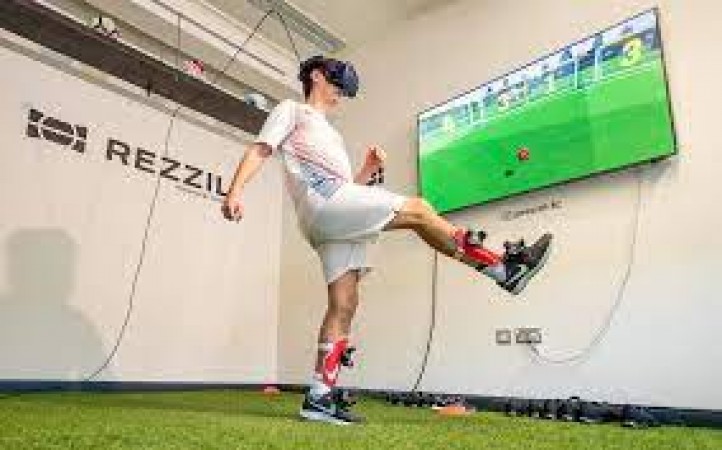
Virtual Reality (VR) is no longer a futuristic concept; it's a present-day reality that has permeated various sectors, including sports training. But what exactly is the influence of VR on sports training? Let's dive in and explore the benefits and drawbacks of this innovative technology.
The Rise of Virtual Reality in Sports
Virtual Reality has made significant strides in recent years, becoming an essential tool in sports training. From professional athletes to amateur enthusiasts, VR offers a unique and immersive experience that transcends traditional training methods.
Benefits of Virtual Reality in Sports Training
Enhanced Skill Development
VR provides a controlled environment where athletes can practice specific skills repeatedly without physical limitations. Imagine a golfer perfecting a swing or a basketball player practicing free throws - VR makes it possible.
Safety and Risk Management
Injuries are a common concern in sports training. VR minimizes this risk by allowing athletes to practice in a simulated environment, reducing the chances of physical harm.
Customized Training Programs
Every athlete is unique, and VR enables coaches to create tailored training programs that cater to individual needs and goals. It's like having a personal trainer in a virtual world.
Drawbacks of Virtual Reality in Sports Training
Technical Challenges
While VR offers many advantages, it's not without its challenges. Technical issues, such as glitches and hardware malfunctions, can disrupt the training experience.
Costs and Accessibility
High costs and limited accessibility to VR equipment can be a barrier for many athletes and organizations, particularly at the grassroots level.
Potential Detachment from Real-World Scenarios
Over-reliance on VR might lead to a detachment from real-world scenarios, potentially affecting an athlete's performance in actual competitions.
Virtual Reality in Different Sports
Football
In football, VR is used to simulate game scenarios, helping players to improve decision-making and reaction times.
Basketball
Basketball teams utilize VR for strategic planning and individual skill development, offering a competitive edge.
Golf
Golfers use VR to analyze and refine their swings, providing insights that were previously unattainable.
Future Prospects and Developments
The future of VR in sports training looks promising, with ongoing research and technological advancements paving the way for even more innovative applications. The possibilities are endless, and the potential is vast. Virtual Reality is revolutionizing sports training, offering unparalleled benefits while also presenting certain drawbacks. The integration of VR into sports training is an exciting development that promises to shape the future of sports in profound ways.
The Evolution of Red Lipstick: A Symbol of Power and Femininity
Why Are There So Many Pockets on Cargo Pants?
The Footwear Revolution: Embracing Sustainability with Eco-Friendly Shoes